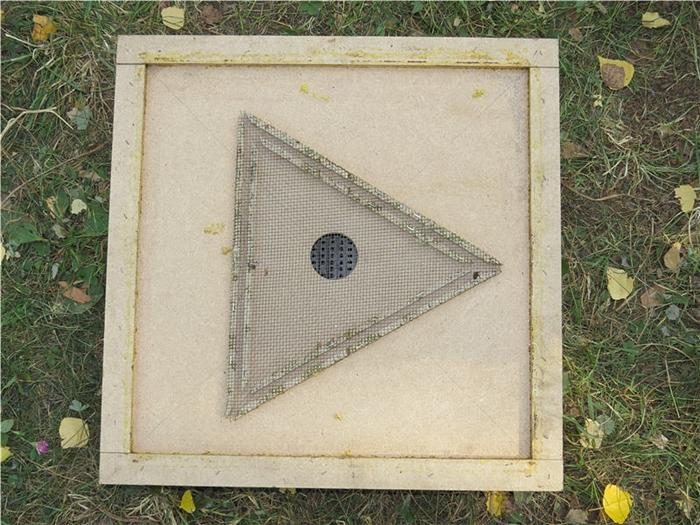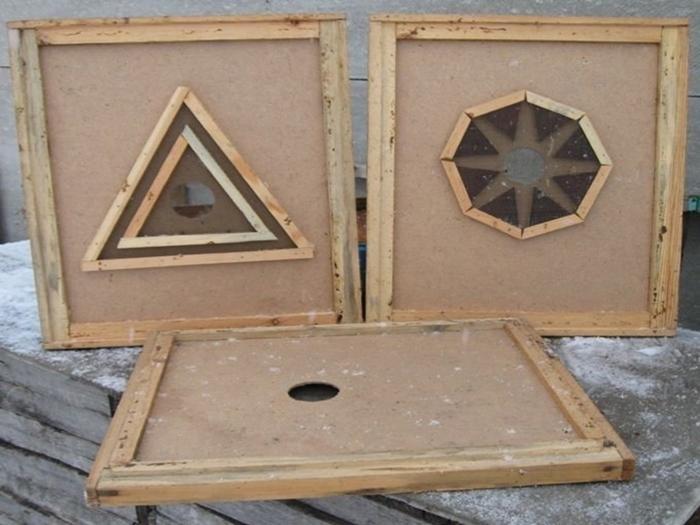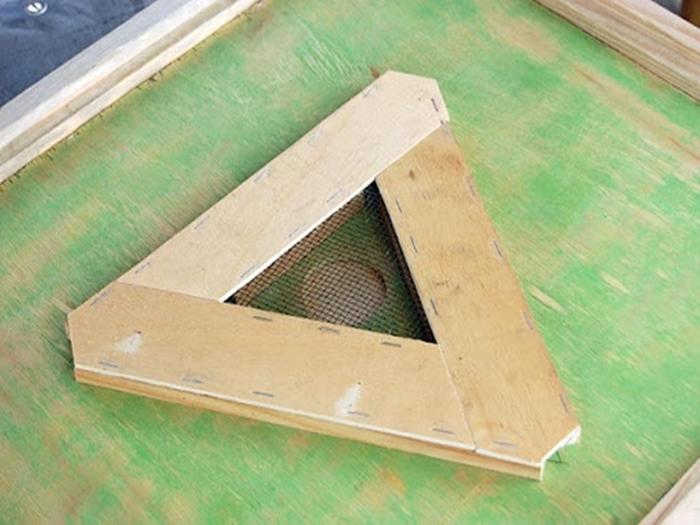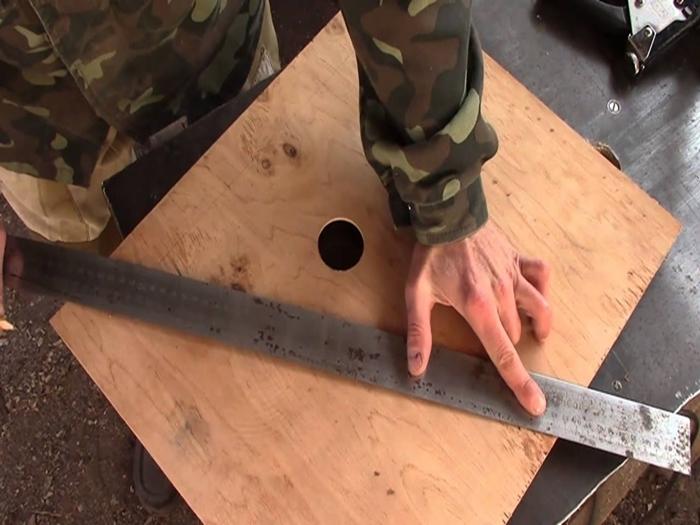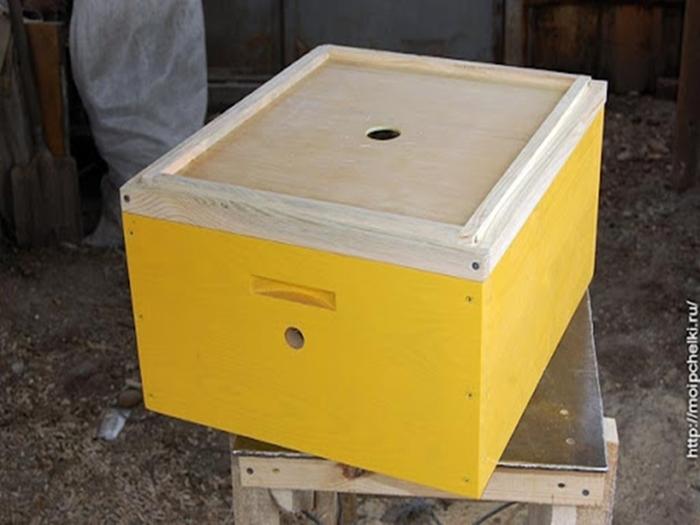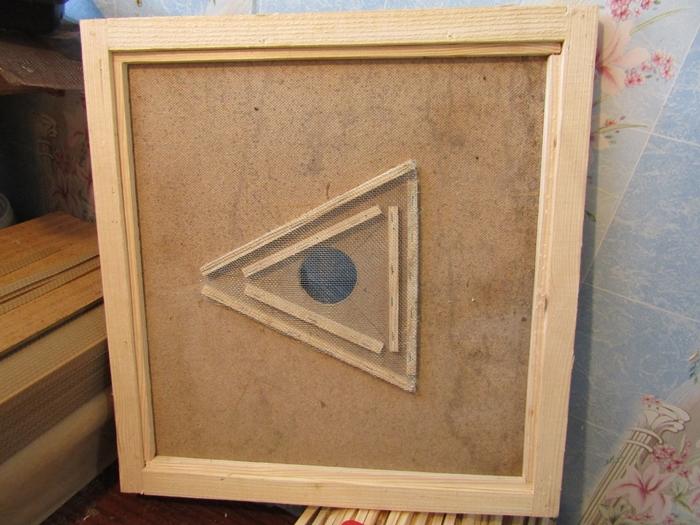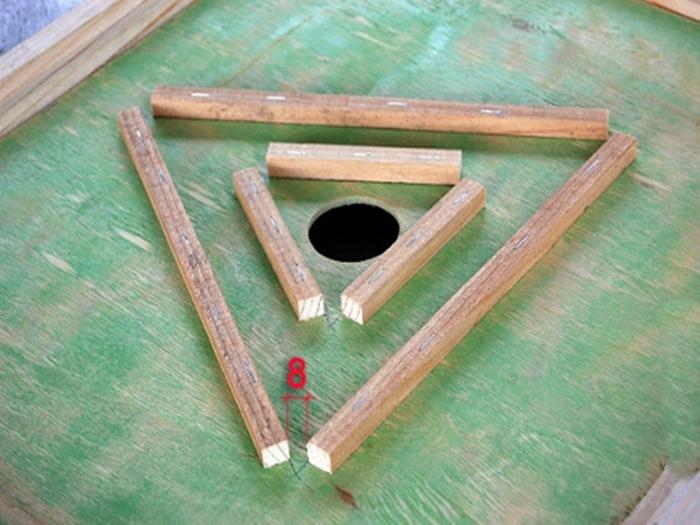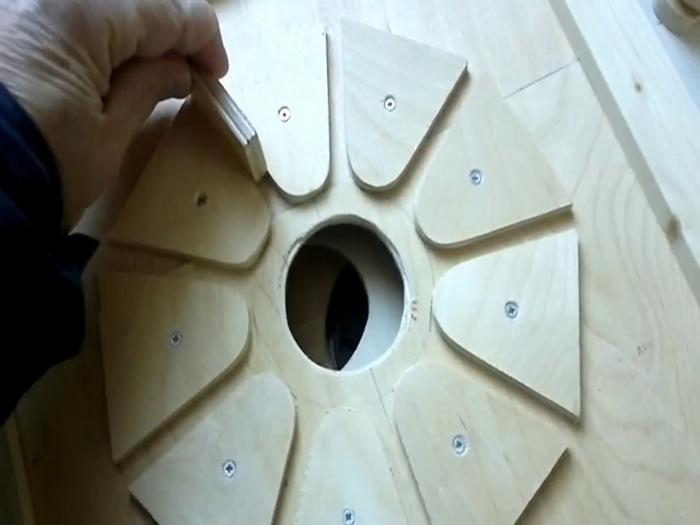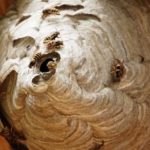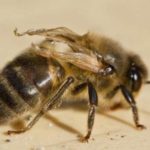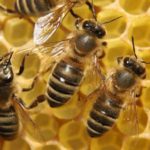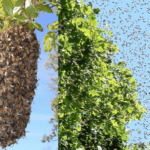The bee remover is used to remove working bees from the honey body. This is one of the necessary devices in beekeeping, facilitating the work of the beekeeper. Let's look at the varieties of this simple device, how to use it, and the advantages of its use. The design of a bee remover and how to make it yourself for use in your home apiary.
Why do you need a bee remover?
A bee remover is used when frames with finished honey need to be cleared of working insects. It is placed under the frame body. The operating principle is based on the instinctive behavior of bees.The bee remover blocks the path to the main nest, and the bees try to get there. There is only one way out - through the hole in the center of the device. Bee removers save a lot of time; insects get rid of them faster than if you shake off insects from each frame manually.
The device speeds up and facilitates the work required to remove honey casings. Protects the beekeeper from possible aggression of his beekeepers. You can remove the frames freely and without haste.
Varieties of design
Devices are divided into integral ones, which have no moving parts, and with moving parts. The Quebec and 16-way bee removers belong to the first type, the Porter model to the second.
Quebec
This is a square shaped bee eliminator with a hole in the center. The hole dimensions are about 8 cm. The surface of the device is made of plywood, with slats measuring 8 by 10 mm nailed to the bottom. They are arranged in the form of 2 triangles, one of which is placed inside the other. The distance between them is 2 cm. The dimensions of the sides of the outer triangle are 30 cm, the inner triangle is 19 cm. At the corners, the slats do not connect; a distance of 8 mm remains between them. The bottom of the triangles is covered with a mesh that does not allow bees to pass through. All insects leave the hive body for the nest in 12 or a little more hours.
Porter's device
This type of device is based on the use of 2 strips of brass, which are connected in such a way that they form a wedge. As bees pass, the strips move apart and then return back. Porter's bee remover does its job at the same speed as Quebec - the bees go to the nest in a day at most. Device dimensions: 10.5 cm long, 7.5 cm wide and 12 cm high.
Bee remover 16-way
It is made of plastic in the form of a circle, with 16 paths radiating from the center along which the bees descend to the nest.
All types of bee eliminators can be used as long as there are no gaps in the hive through which insects can escape back.
How to make a bee remover with your own hands
You can buy them or find them on your own farm. This is plywood, a sheet of fiberboard, wooden slats, a mesh with small cells that will hold the bees and direct them to the exit hole.
Let's look at how to make a Quebec model bee remover. Sequence of work:
- Cut a square out of plywood to fit the size of the dividing grid between the socket and the body.
- Make a hole with a diameter of 5 cm in the center.
- Nail the slats with a stapler, laying out triangles from them. You need to leave holes in the corners for the passage of bees. The hole size is 7-10 mm, the triangles should be placed at a distance of 1 cm from each other.
- Nail galvanized mesh on top of the slats.
- Also nail slats to the sides of the square.
Instead of a triangle, you can make a catcher in the shape of another geometric figure. The effect is the same, but the device already has a different number of moves. Their number affects the speed at which bees can leave the enclosure: the more moves, the more active the insects will be.
Using the device is very simple. It needs to be placed in place of the grate that separates the nesting chamber and the hive body. You need to install it tightly so that there are no gaps between the device and the body. The bees enter the central hole and exit into the nest through the holes in the corners of the triangle. They can no longer go back. After 12-24 hours.You can remove the device and begin removing the frames.
The devices need to be installed in the evening; by morning all the bees can move into the nest. Before this, you need to lift the body with honey and place an extension with drying material under it. Then place the remover, and on top of it - a honey case with honey. This kind of work doesn't take much time. The bees gradually move into the fresh superstructure, where they leave nectar. The honey frame can now be removed and removed from the hive.
The devices must be installed at least 24 hours before removing the frames. Sometimes not all bees move into the nest; some accumulate under the net. They need to be shaken off by hand.
Assembling removers with your own hands is not a difficult process. Any beekeeper can select materials, cut slats and a sheet of plywood to size, and assemble everything into a whole. The size of the bee removers fits a standard hive and fits perfectly into it. After use, they need to be cleaned, dried and stored.
Every beekeeper needs to purchase or make a bee remover with his own hands. This simple device makes the work much easier; you don’t have to remove bees from the frames with your hands, exposing yourself to the danger of being stung. Saves time that needs to be spent on work. While the bees are moving independently, some other work can be done.
To remove bees from all hives simultaneously, you need to purchase as many removers as there are families in the apiary. The device is light and small, stores well, and plastic and wood products are easy to clean. If handled and stored carefully, they can last for many years.

